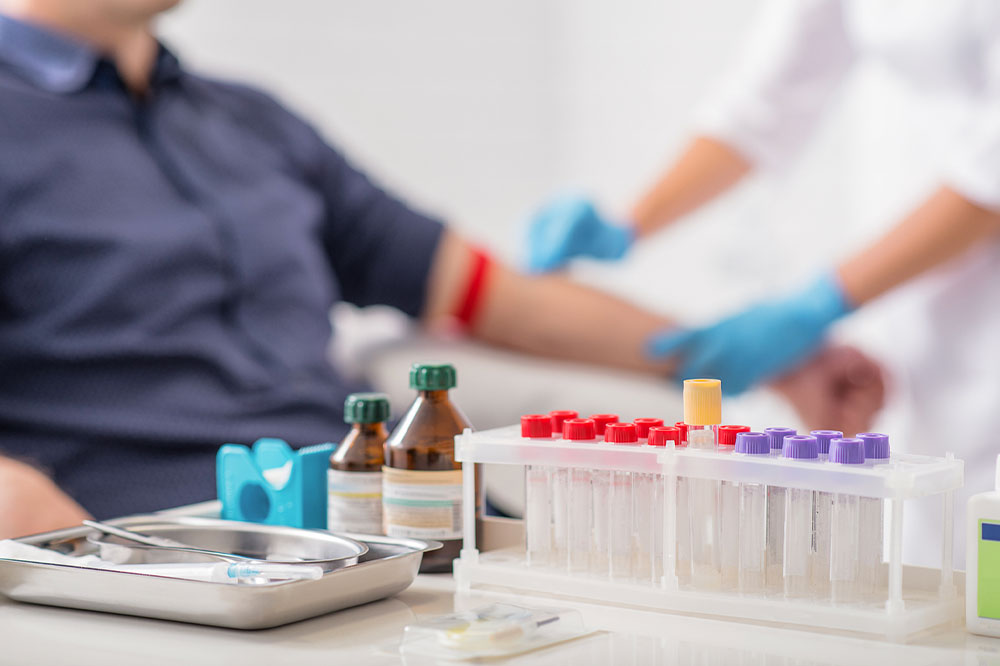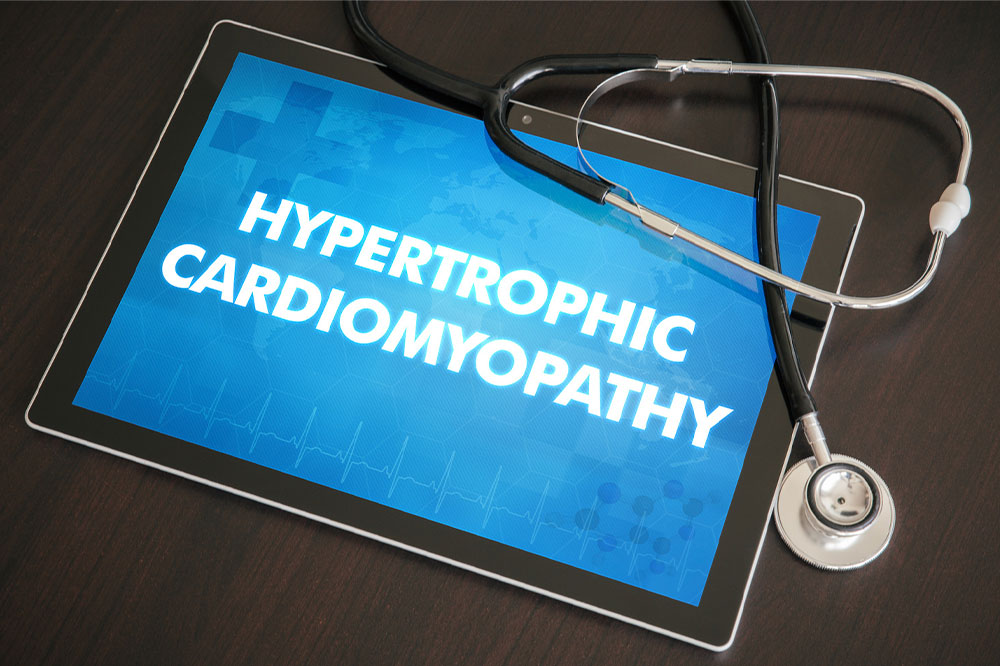
Health
Top 3 management methods for myelodysplastic syndromes
A rare class of disorders called myelodysplastic syndrome prevents the body from producing healthy blood cells. It is also referred to as “bone marrow failure.” Although it affects people of any age, this rare type of cancer primarily affects the elderly, particularly those over 65. A blood test is usually used to detect or diagnose this condition. The symptoms are fatigue and shortness of breath. Some of the treatments for this condition are listed below. Treatment options for myelodysplastic syndromes The primary goals of myelodysplastic syndrome treatment are to reduce the illness’ progression, ameliorate its symptoms, and avoid complications. Since this condition has no known cure, certain treatments may limit its progression. Transfusion therapy Transfusion therapy (blood transfusion) replaces blood cells destroyed by illness or treatment by infusing red blood cells, white blood cells, or platelets. A red blood cell transfusion is administered when the blood cell count is low and signs of anemia, such as shortness of breath or fatigue, occur. A platelet transfusion is frequently given to a patient undergoing a procedure that may result in bleeding or a low platelet count. Besides, patients who frequently receive blood transfusions may suffer tissue and organ damage from excess iron accumulation.












